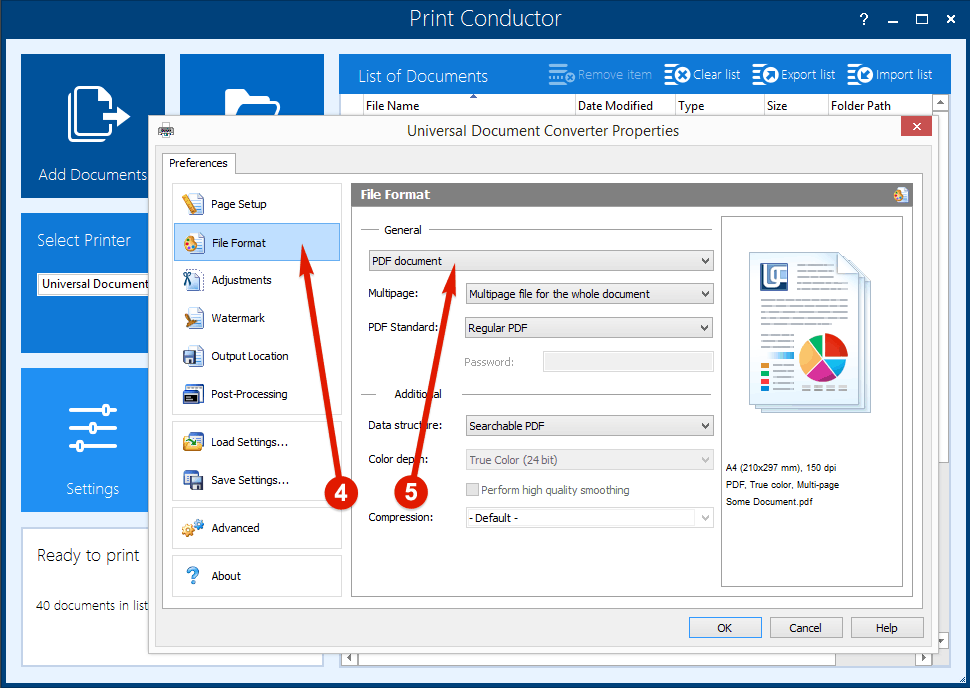

To audit file accesses, you have to set the “Audit object access” policy.In the “Group Policy Management Editor” window, you have to set the appropriate audit policy.Note: It is suggested to create a new GPO, link it to the domain, and edit it. Note: If you want to track multiple folders, you will have to configure audit for every folder individually. This action opens the Editor window of Group Policy Management Editor. To edit an existing GPO, in the left pane, right-click on the default or a user-created GPO, and click “Edit” on the context menu.After you have opened the “Group Policy Management” window, you will have to create a new GPO, or edit an existing one.For that, on the primary “Domain Controller”, or on the system where “Administration Tools” is installed, type “gpmc.msc” in the “Run” dialog box, and click “OK”. Launch “Group Policy Management” console.Step 1 – Set ‘Audit Object Access’ audit policyįollow these steps one by one to enable the “Audit object access” audit policy: Risk Analysis Identify areas of risk and govern access to sensitive data.Īnalyze changes, and review current and historic permissions.Instant visibility on permission changes, spot users with excessive permissions and reverse unwanted changes. Threat Response Automated actions based on alerts.Threat Detection Anomaly spotting and real time alerts.Intelligent threat detection through real time alerts, anomaly spotting and automated threat response. Learn more On-Premise & Cloud Platforms We Audit Monitor, audit and report on changes and interactions with platforms, files and folders across your on-premises and cloud environment.


 0 kommentar(er)
0 kommentar(er)
